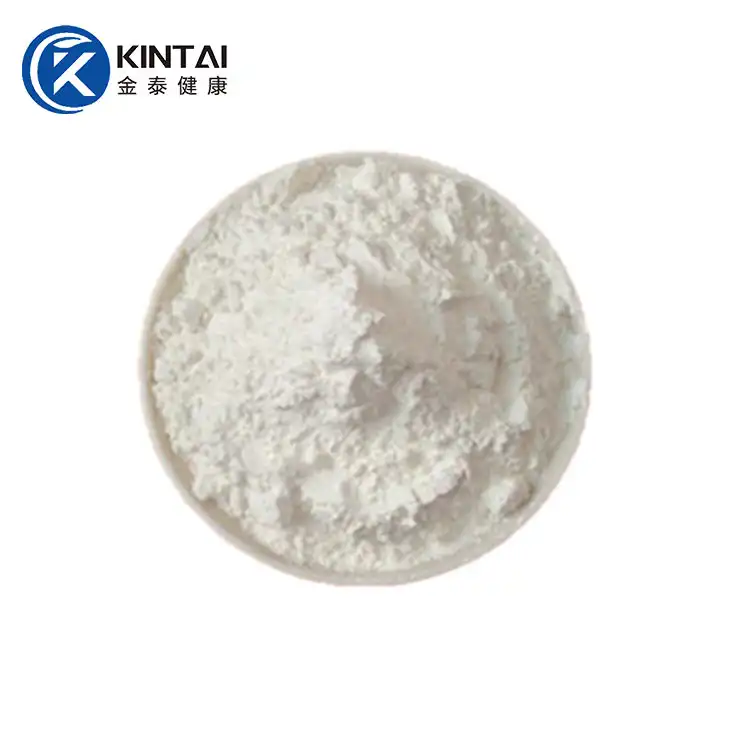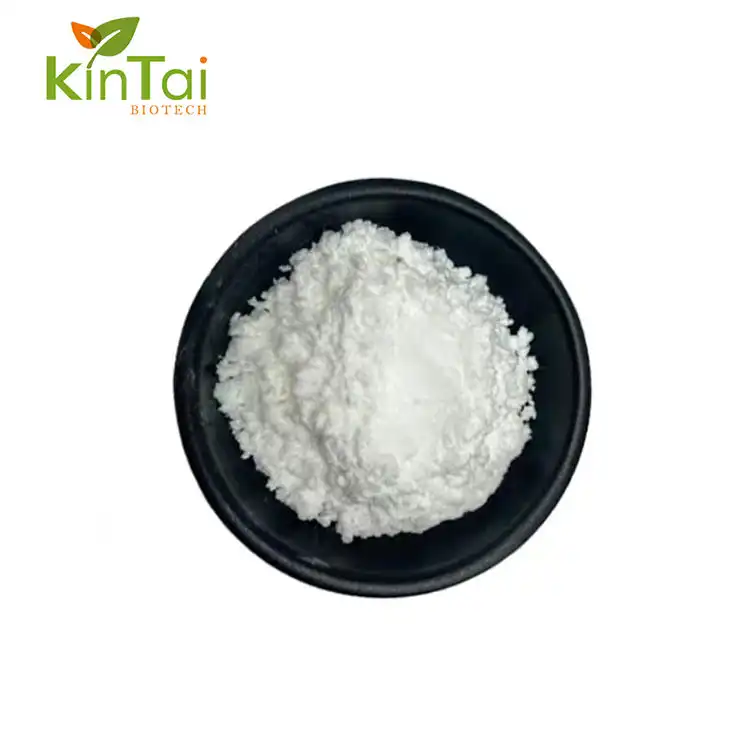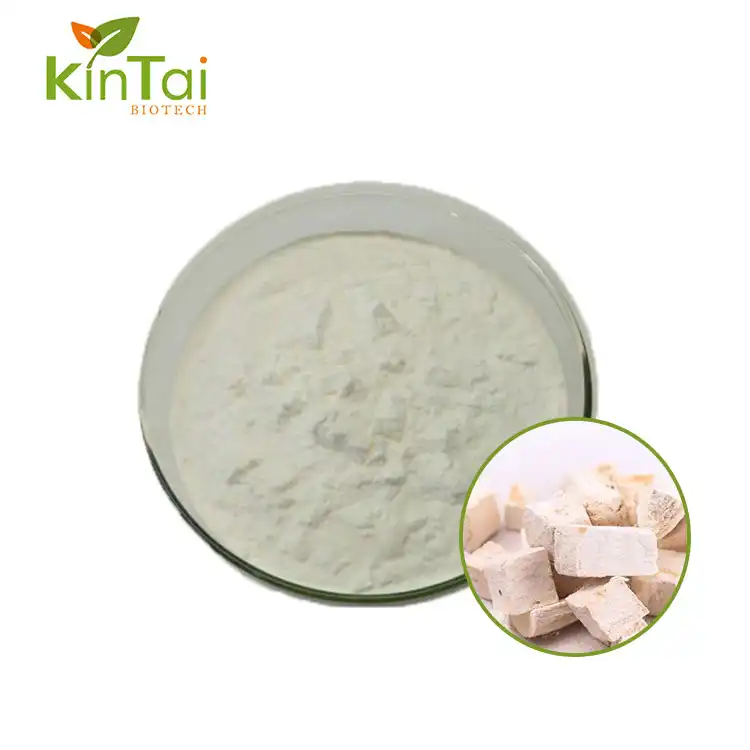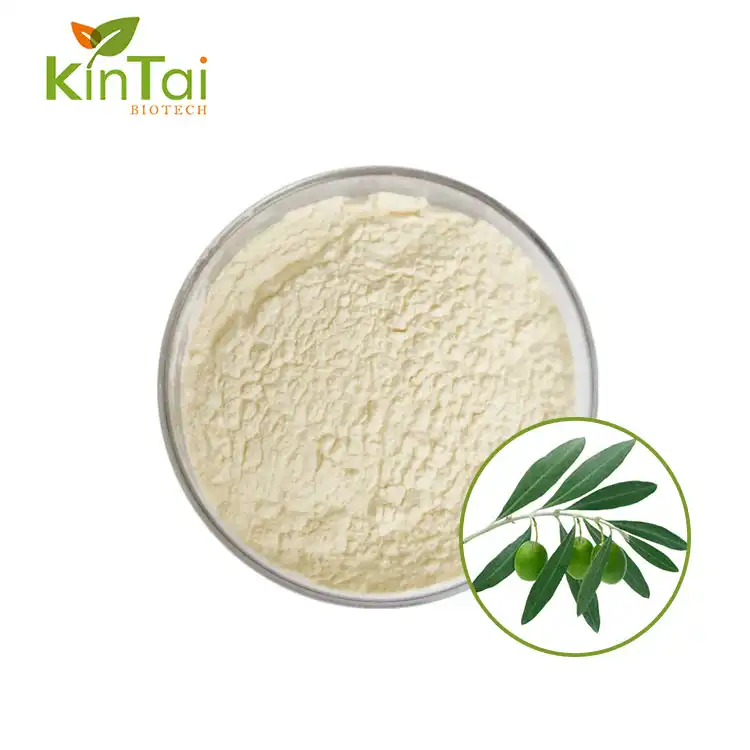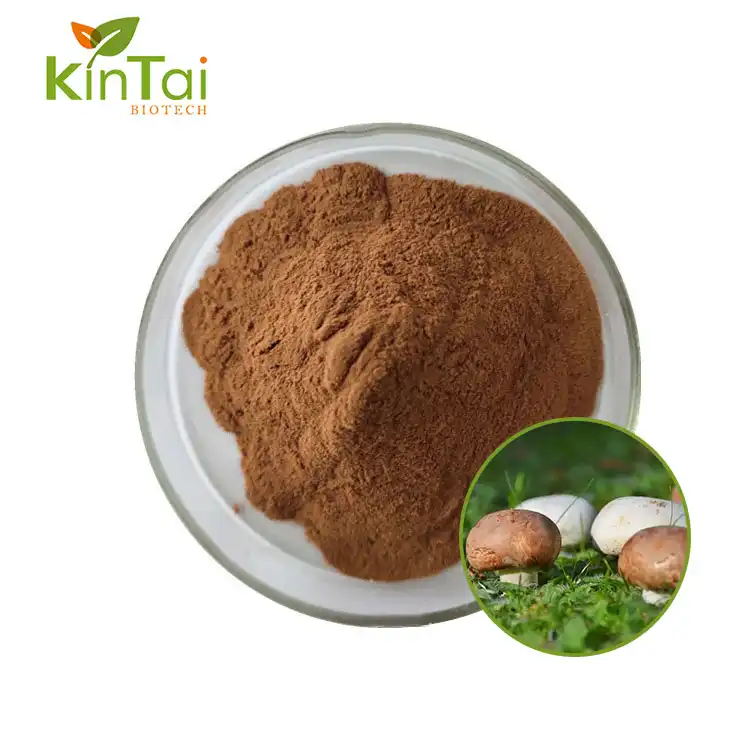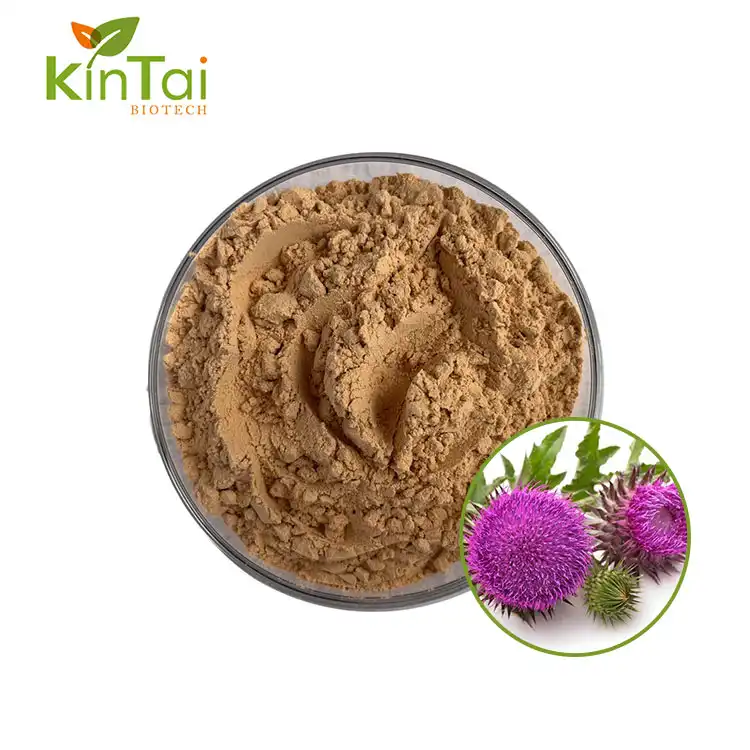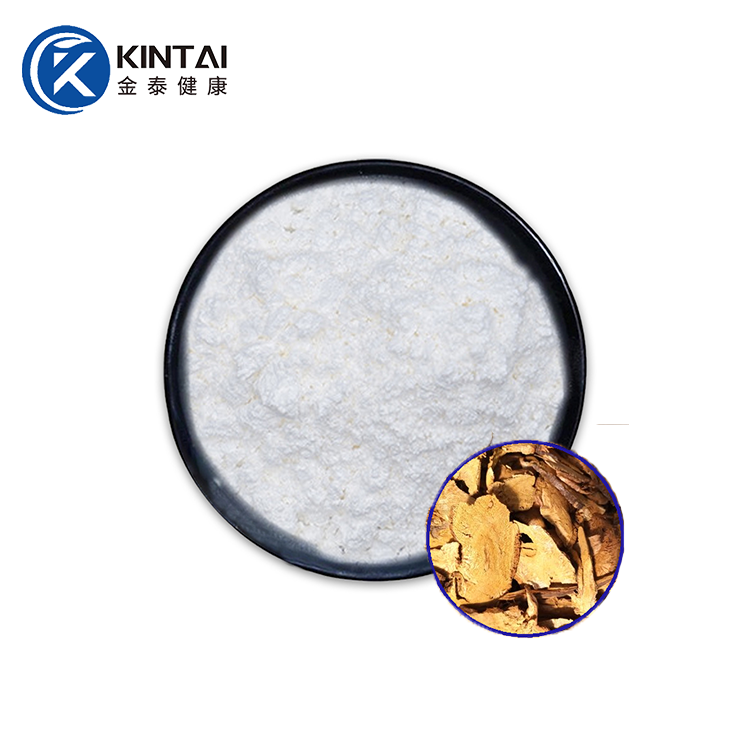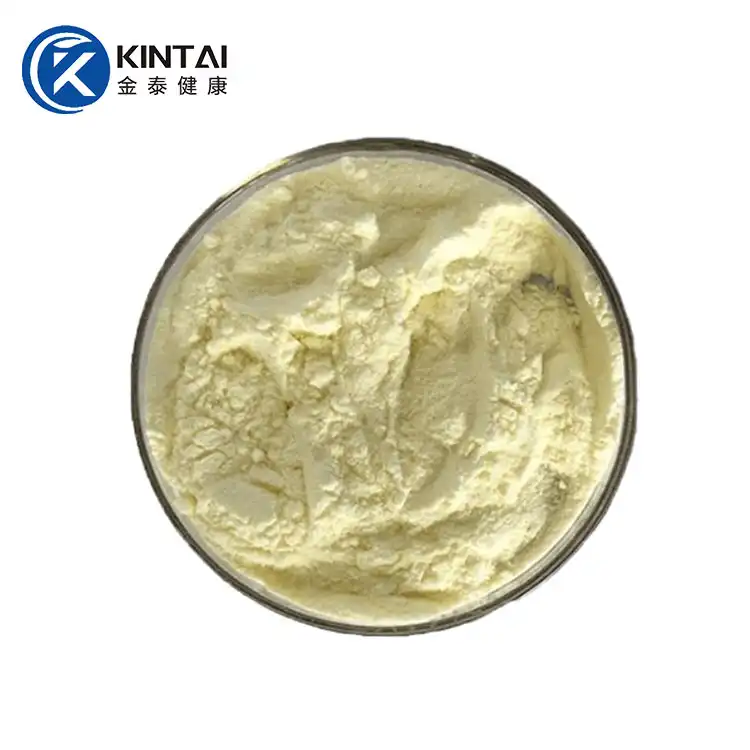How do Ceramides Work to Strengthen the Skin Barrier?
2025-01-19 15:11:32
The human skin is a complex, dynamic organ that serves as our body's first line of defense against environmental stressors, pathogens, and moisture loss. At the heart of this protective mechanism lies a crucial component: ceramides. These lipid molecules play a fundamental role in maintaining skin barrier integrity, hydration, and overall skin health. Understanding how Ceramide Powder works can revolutionize our approach to skincare, offering insights into preventing and addressing various skin concerns.
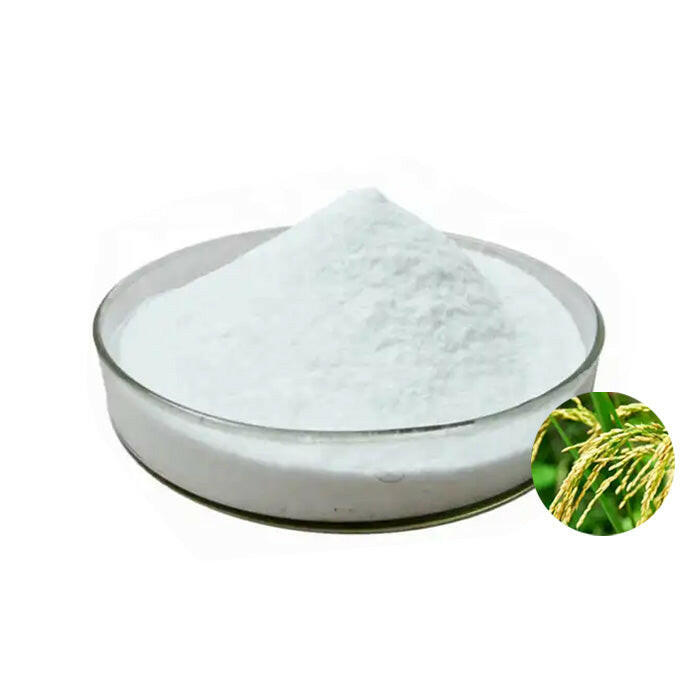
What Makes Ceramide Powder a Breakthrough in Skincare Technology?
Ceramide powder represents a groundbreaking innovation in the world of skincare, offering unprecedented opportunities for targeted skin barrier restoration and protection. Unlike traditional skincare formulations, ceramide powder provides a concentrated, versatile approach to delivering these essential lipid molecules directly to the skin.
The molecular structure of ceramide powder is remarkably sophisticated, comprising long-chain fatty acids and sphingosine that mimic the natural lipid composition of healthy skin. This unique composition allows for superior penetration and integration into the skin's existing lipid matrix. When incorporated into skincare formulations, ceramide powder creates a robust, multi-layered approach to skin barrier reinforcement.
Scientific research has demonstrated that ceramide powder offers several distinctive advantages over conventional ceramide delivery methods. First, its powdered form ensures maximum stability and prevents premature degradation of these delicate molecules. Traditional liquid formulations are often susceptible to oxidation and environmental degradation, which can compromise their effectiveness. Ceramide powder, in contrast, maintains its structural integrity and potency until the moment of application.
Moreover, the concentrated nature of ceramide powder enables precise dosage and customization. Skincare formulators and consumers can adjust the concentration based on specific skin needs, creating truly personalized skincare solutions. This level of customization was previously challenging with pre-mixed liquid formulations that offered limited flexibility.
The manufacturing process of high-quality ceramide powder involves advanced extraction and purification techniques. Cutting-edge technologies such as molecular distillation and supercritical fluid extraction ensure the preservation of ceramide's complex molecular structure. These methods extract ceramides from natural sources like rice, wheat, or soybeans, maintaining their biological similarity to skin's native lipids.
Biochemically, ceramide powder works by strategically replenishing the skin's lipid bilayers. When applied, these microscopic lipid molecules seamlessly integrate into the intercellular spaces of the stratum corneum – the outermost layer of the skin. This precise integration helps seal microscopic gaps, reduce trans-epidermal water loss, and create a protective shield against external irritants.
Clinical studies have shown remarkable improvements in skin barrier function with consistent ceramide powder usage. Participants reported significant reductions in skin dryness, decreased sensitivity, and enhanced overall skin resilience. The powder's ability to mimic natural skin lipids means it can effectively "communicate" with the skin's biological systems, promoting natural healing and regeneration processes.
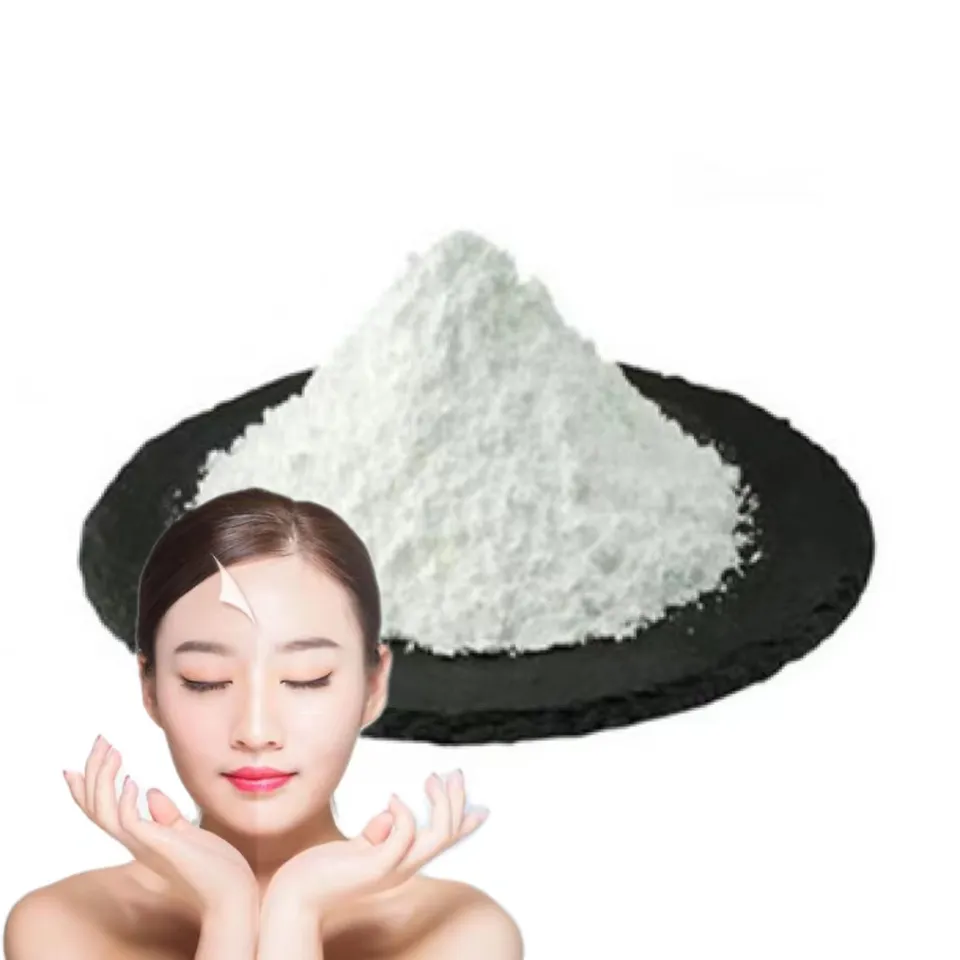
Can Ceramides Truly Restore and Protect Your Skin's Natural Defense Mechanism?
The skin's natural defense mechanism is a complex, intricate system that relies on multiple components working in harmony. Ceramides emerge as critical players in this biological orchestra, acting as the mortar between skin cells and providing essential structural and functional support.
At the molecular level, ceramides comprise approximately 50% of the lipids in the stratum corneum. This significant composition underscores their importance in maintaining skin barrier homeostasis. When the ceramide content becomes depleted or imbalanced – which can occur due to aging, environmental stress, or certain skin conditions – the entire skin barrier becomes compromised.
The restoration process facilitated by ceramides is multifaceted. First, they create a robust, impermeable barrier that prevents moisture loss and protects against external pathogens. This barrier function is crucial in preventing transepidermal water loss (TEWL), a primary factor in skin dehydration and accelerated aging.
Furthermore, ceramides play a pivotal role in cell signaling and communication. They are not merely passive structural components but active molecules that influence cellular behavior. Research indicates that ceramides can trigger apoptosis in damaged cells, regulate inflammatory responses, and modulate immune system reactions within the skin.
Different skin conditions manifest distinct ceramide powder profiles. Individuals with eczema, psoriasis, and atopic dermatitis often exhibit significantly lower ceramide levels compared to those with healthy skin. This correlation suggests that ceramide supplementation could be a strategic approach in managing these challenging skin disorders.
The protective mechanism of ceramides extends beyond simple barrier maintenance. They demonstrate remarkable anti-inflammatory properties, helping to calm irritated skin and reduce redness. By stabilizing the skin's lipid matrix, ceramides create an environment less susceptible to external irritants and microbial invasions.
Interestingly, the skin's ceramide production naturally declines with age. By the time an individual reaches 40, ceramide levels can decrease by up to 40%, contributing to visible signs of aging such as reduced elasticity, increased dryness, and slower wound healing. This biological reality underscores the importance of external ceramide supplementation as a proactive skincare strategy.

How Do Different Types of Ceramides Impact Skin Health and Hydration?
The ceramide family is remarkably diverse, with at least nine distinct types identified in human skin. Each type possesses unique characteristics and functions, contributing to a nuanced approach to skin barrier health. Understanding these variations is crucial for developing targeted skincare interventions.
Ceramide 1 (Ceramide EOS), for instance, is predominant in the skin's lipid composition. It plays a critical role in maintaining tight junctions between skin cells, essentially acting as a powerful sealant. This specific ceramide type is especially effective in preventing moisture loss and protecting against environmental stressors.
Ceramide 3 (Ceramide NP) demonstrates exceptional hydrating properties. It has a remarkable ability to attract and retain moisture, creating a reservoir of hydration within the skin's layers. Individuals with chronically dry or dehydrated skin often benefit significantly from formulations rich in this particular ceramide type.
In contrast, Ceramide 6 (Ceramide AP) exhibits strong anti-inflammatory properties. It helps modulate immune responses within the skin, making it particularly beneficial for individuals prone to sensitivity or reactive skin conditions. Its molecular structure allows it to penetrate deeply, providing comprehensive skin barrier support.
The synergistic interaction between different ceramide types is equally fascinating. Rather than functioning in isolation, these lipid molecules work collaboratively, creating a complex, adaptive defense system. This cooperative mechanism ensures comprehensive skin protection and promotes optimal skin health.
Modern skincare research continues to explore the potential of emerging ceramide powder variants and their specific roles in skin biology. Advanced genetic and molecular studies are uncovering increasingly sophisticated insights into how these lipid molecules communicate and interact within the skin's intricate ecosystem.
Hydration remains a critical outcome of ceramide functionality. By creating a semi-permeable barrier that prevents excessive water loss while allowing necessary cellular respiration, ceramides maintain an ideal moisture balance. This delicate equilibrium is fundamental to achieving healthy, resilient skin.
Conclusion
Ceramide Powder represents a sophisticated, scientifically-validated approach to skin barrier health. Their complex molecular structure and multifaceted functionality offer profound insights into maintaining optimal skin condition.
Kintai Healthtech Inc. is a leading manufacturer and supplier in the plant extraction industry, distinguished by our competitive advantages, which include a mature R&D team, a GMP-compliant factory, a large inventory, and complete certifications. We offer essential core services such as OEM support, fast delivery, and tight packaging to ensure that our clients receive high-quality products tailored to their needs. Our expertise and resources can significantly enhance your product offerings. For more details, please consult us at info@kintaibio.com. We look forward to the opportunity to work with you!
References
1. Coderch, L., et al. (2003). "Ceramides and skin function." American Journal of Clinical Dermatology, 4(2), 107-129.
2. Motta, S., et al. (1994). "Ceramide composition of the psoriatic scale." Biochimica et Biophysica Acta, 1214(2), 130-136.
3. Wertz, P. W. (2018). "Lipids and the Permeability and Antimicrobial Barriers of the Skin." Journal of Lipid Research, 59(3), 419-428.
4. Purnamawati, S., et al. (2016). "The Role of Moisturizers in Addressing Various Kinds of Dermatitis." Clinical Medicine & Research, 15(3-4), 75-87.
5. Zeichner, J. A. (2017). "Moisturizers for the Treatment of Inflammatory Skin Conditions." Journal of Clinical and Aesthetic Dermatology, 10(3), 14-22.
6. Fujii, M., et al. (2005). "Ceramide alterations in the skin barrier." Journal of Dermatological Science, 37(2), 101-107.
7. Park, J. H., et al. (2020). "Advances in Ceramide Research in Skin Care." International Journal of Molecular Sciences, 21(6), 2095.
8. Madison, K. C. (2003). "Barrier Function of the Skin: 'La Raison d'Être' of the Epidermis." Journal of Investigative Dermatology, 121(2), 231-241.
9. Feingold, K. R. (2007). "Lamellar bodies: The key to cutaneous barrier function." Journal of Investigative Dermatology, 127(2), 244-246.
10. Bouwstra, J. A., et al. (2003). "The lipid organisation in the skin barrier." Acta Dermato-Venereologica, 216, 23-30.

